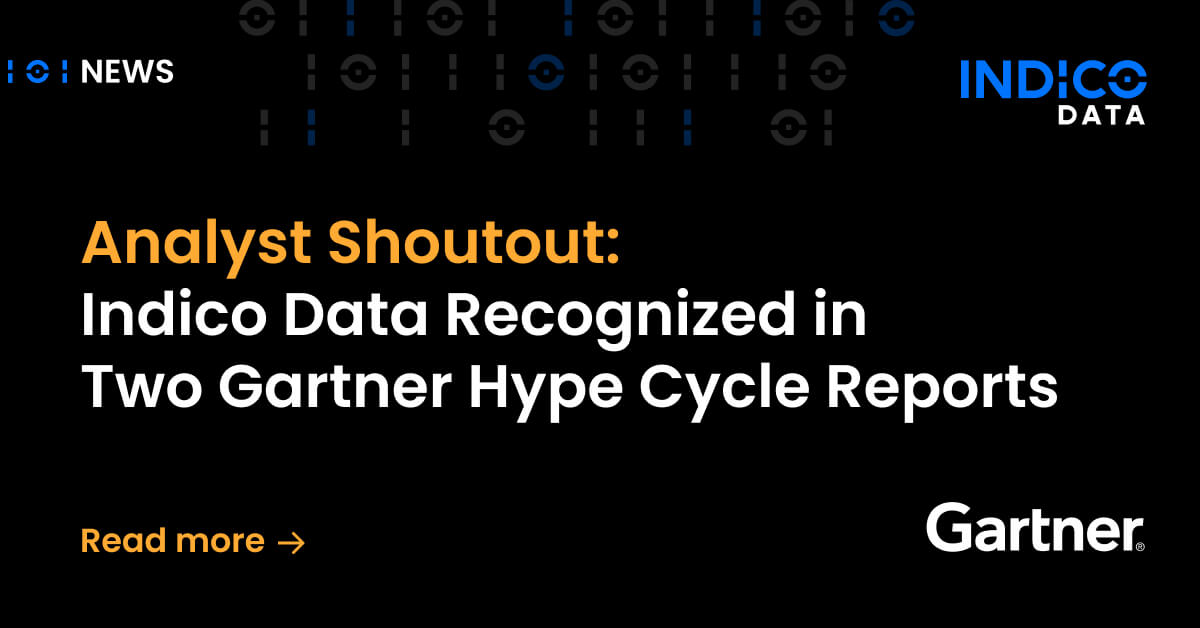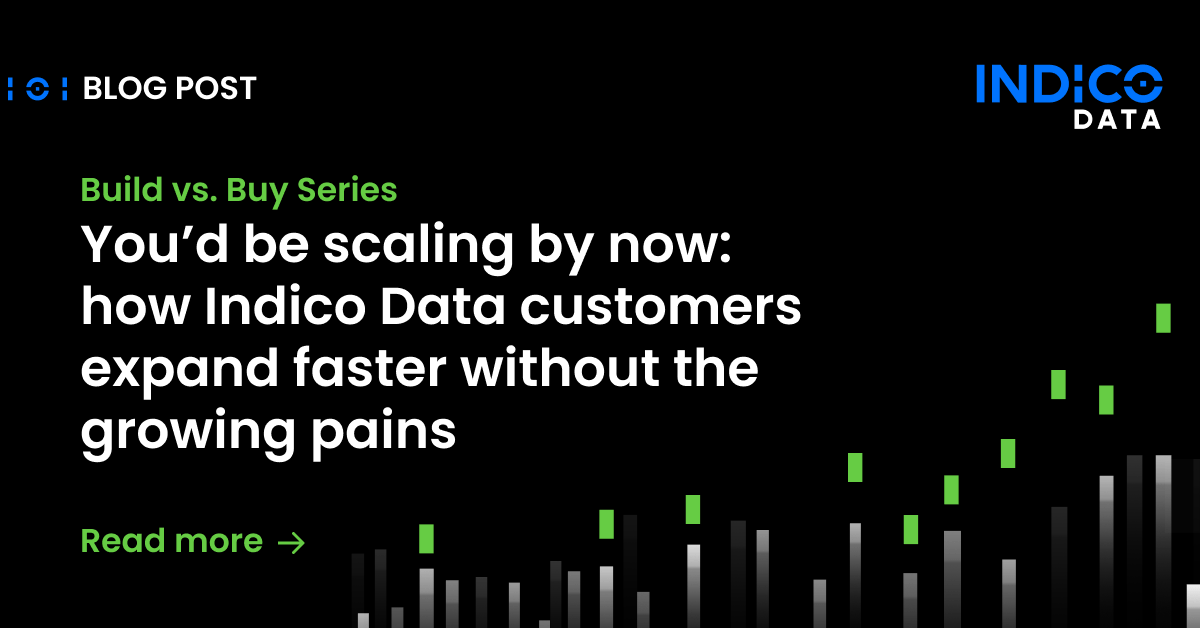Digital transformation within the insurance industry is often seen as a daunting task, but it’s also a critical one. On the latest episode of Unstructured Unlocked, Tom Wilde and Michelle Gouveia sat down with Parul Kaul-Green, the CEO and Founder of Eudaimon Consulting, to discuss the unique challenges and opportunities that come with leading digital change in this traditionally risk-averse industry. Drawing from her extensive experience, Parul shared valuable insights into the evolving landscape of insurance, the shifting definitions of transformation, and the strategic importance of continuous innovation.
Listen to the full podcast here: Unstructured Unlocked season 2 episode 9 with Parul Kaul-Green, Strategic C-Suite Leader
Understanding digital transformation in insurance
Digital transformation in the insurance industry is not just a trend—it’s a critical evolution that is reshaping how businesses operate and serve their customers. As Parul explained, “With any transformation, it’s something which is novel and new, and there is a lot of pushback to inertia,” emphasizing the deep-seated resistance to change that is often prevalent in long-standing industries like insurance. This resistance is understandable, given the industry’s focus on risk management.
Initially, the transformation journey within the insurance sector was centered around automating specific, fragmented processes. For example, early digital efforts focused heavily on claims management—a vital area where automation could significantly reduce operational costs. Automating claims processes helped to streamline operations, reduce the time to process claims, and minimize errors, ultimately leading to improved customer satisfaction and reduced loss adjustment expenses.
The challenge of keeping pace with technological advancements
The pace at which technology is evolving presents a unique challenge for the insurance industry. Traditionally known for its conservative approach, the industry has often been slow to adopt new technologies—a hesitation rooted in its fundamental role in risk management. This natural aversion to change, while historically justified, is increasingly becoming a liability as the pace of technological advancements accelerates.
Parul highlighted this issue, pointing out that “the pace of customer experience and customer expectations and tolerance for friction is also reducing,” which means that insurers must not only keep up with technological advancements but also integrate them in a way that enhances customer satisfaction.
In recent years, the insurance industry has been introduced to a wide array of new technologies, each promising to revolutionize the way business is done. From Robotic Process Automation (RPA) to generative AI, the technological landscape has expanded rapidly. More than incremental improvements, these advancements represent entirely new categories of technology that require significant changes in implementation, governance, and change management within insurance companies.
Related content: From expertise to AI: a round table discussion on bridging the knowledge gap in insurance underwriting
The role of leadership in driving transformation
For digital transformation to be successful, it must be driven from the top. “The communication has to… come from the C-suite. So the C-suite needs to be convinced that this is essential for driving the overarching strategy for the organization,” Parul stressed. Leadership must be fully aligned with these transformation goals and continuously communicate the corresponding objectives throughout the organization. This alignment helps ensure that everyone, from underwriters to claims processors, understands the strategic importance of the transformation efforts and how they contribute to the company’s overall success.
Implications for insurance companies
The conversation also delved into the broader implications of these technological changes for the insurance industry. Parul pointed out that the adoption of AI and other technologies should be closely tied to strategic objectives, ensuring that they drive measurable value for the organization. This is where companies like Indico can play a crucial role. Indico’s solutions, which focus on automating document-intensive workflows, align perfectly with the industry’s need for efficient and accurate data processing. By leveraging Indico’s capabilities, insurance companies can better manage unstructured data, streamline operations, and ultimately improve customer satisfaction.
Related content: From expertise to AI: a round table discussion on bridging the knowledge gap in insurance underwriting
Looking ahead: The future of insurance
Finally, Parul emphasized the importance of fostering a culture of continuous improvement and experimentation within organizations. “Start small—think, ‘What are the big strategic problems that this piece of technology will solve… and then move fast towards adoption or ditching it,” she advised. This mindset will be critical as insurers navigate the challenges of the digital age and seek to remain competitive in a rapidly changing market.
In this episode, Parul painted a clear picture of a roadmap for insurance companies to follow if they want successful digital transformation. By prioritizing strategic alignment, embracing technological advancements, and fostering a culture of continuous improvement, insurers can not only overcome the challenges they face but also unlock new opportunities for growth and innovation. Indico’s expertise in document automation and AI-driven solutions positions them as a key partner in this transformative journey, helping insurance companies achieve their goals more effectively and efficiently.
For more insights, subscribe to the Unstructured Unlocked podcast on your favorite platforms, including:
Subscribe to our LinkedIn newsletter.
Frequently asked questions
- What specific examples of AI technologies are currently being implemented in the insurance industry, and how do they add value? While the blog mentions the role of AI and other advanced technologies, it doesn’t provide specific examples of how these technologies are currently being used. For instance, AI-driven underwriting is becoming increasingly popular, where machine learning models assess risk and determine premiums more accurately. Chatbots and virtual assistants powered by AI are enhancing customer service by providing 24/7 support, answering queries, and processing claims more efficiently. Additionally, fraud detection systems using AI can analyze patterns and anomalies in claims data to identify potential fraud, reducing losses and improving the accuracy of payouts.
- How can smaller insurance companies or startups compete in digital transformation against established industry giants? The blog focuses on the overall digital transformation within the insurance industry but doesn’t address how smaller players can compete. Smaller companies and startups can leverage their agility to implement new technologies faster than larger, more established companies. They can focus on niche markets, offering tailored services or innovative products that larger companies might overlook. Collaborating with tech companies or using cloud-based solutions allows smaller insurers to access cutting-edge technology without the need for significant upfront investments. By embracing open APIs and InsurTech partnerships, these companies can innovate rapidly and scale their digital solutions effectively.
- What are the biggest risks or challenges associated with digital transformation in the insurance industry, and how can they be mitigated? The blog touches on the importance of leadership and the pace of technological change but doesn’t dive deeply into the risks and challenges of digital transformation. Some of the biggest risks include data security and privacy concerns, especially given the sensitive nature of insurance data. Companies can mitigate these risks by investing in robust cybersecurity measures and ensuring compliance with relevant regulations. Change management is another challenge, as employees might resist new technologies. To address this, companies should invest in training programs and clear communication strategies to ensure that staff are on board and understand the benefits of digital transformation. Finally, legacy systems integration poses a significant challenge; insurance companies can overcome this by adopting a phased approach to digital transformation, gradually integrating new systems with old ones to minimize disruption.


